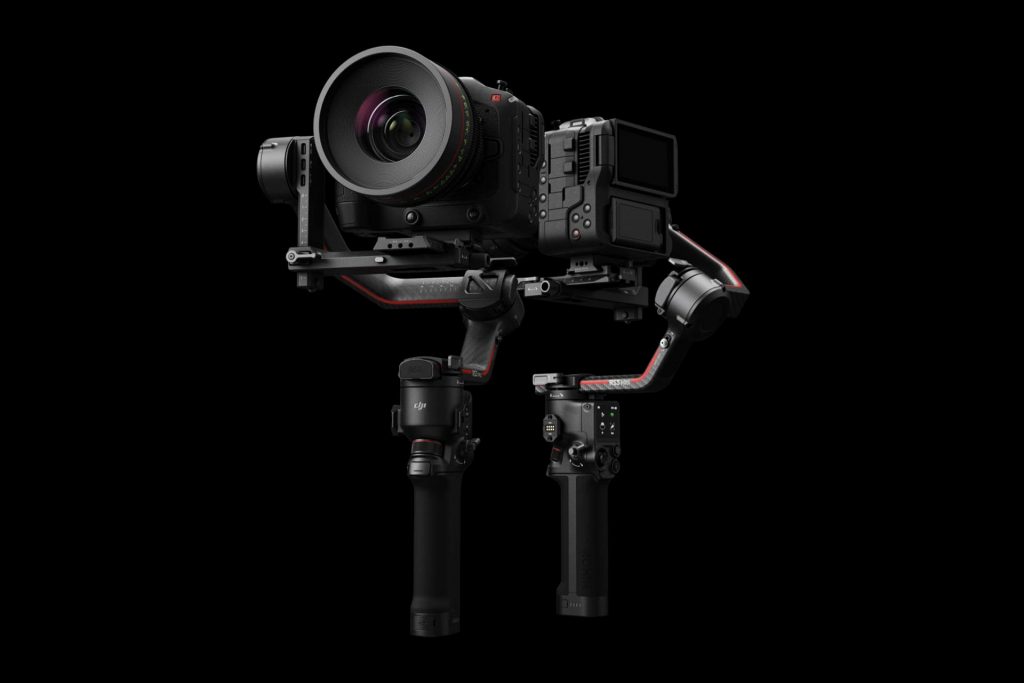Gimbals are the latest trend in camera movement, allowing a single operator to do what used to require an entire crew of people. Now you can create incredible camera moves with only the gear that fits in your backpack. But it takes skill to get your gimbal moves to really shine. You can’t just plug in the right settings and expect Hollywood-level results. This is an course, starting with the basics of setting up and balancing your gimbal then teaching you dozens of essential gimbal moves. You’ll even learn how your gimbal can imitate a crane, jib or drone.
The DJI RS 3 has been redesigned to be even lighter and sleeker than the Ronin RSC 2 gimbal at only 2.8 lb with a payload of up to 6.6 lb. This tiny gimbal is tough enough to support and stabilize a Sony a7S III or Canon R5 with a 24-70mm zoom lens attached. With a larger full-color OLED display, a new fine-tuning knob, and greater stability, the RS 3 can become an essential part of your compact camera kit.
The RS 3 has better SuperSmooth results, empowered by a next-generation stabilization algorithm, the RS 3 provides 20% enhanced stability over the RSC 2, effortlessly managing low-angle shots, running scenarios, or switching between high and low positions. When SuperSmooth mode is enabled, RS 3 increases motor torque to further enhance stabilization, delivering stable footage even in fast-moving scenarios or with 100mm-equivalent focal lenses.

